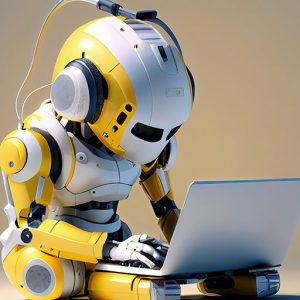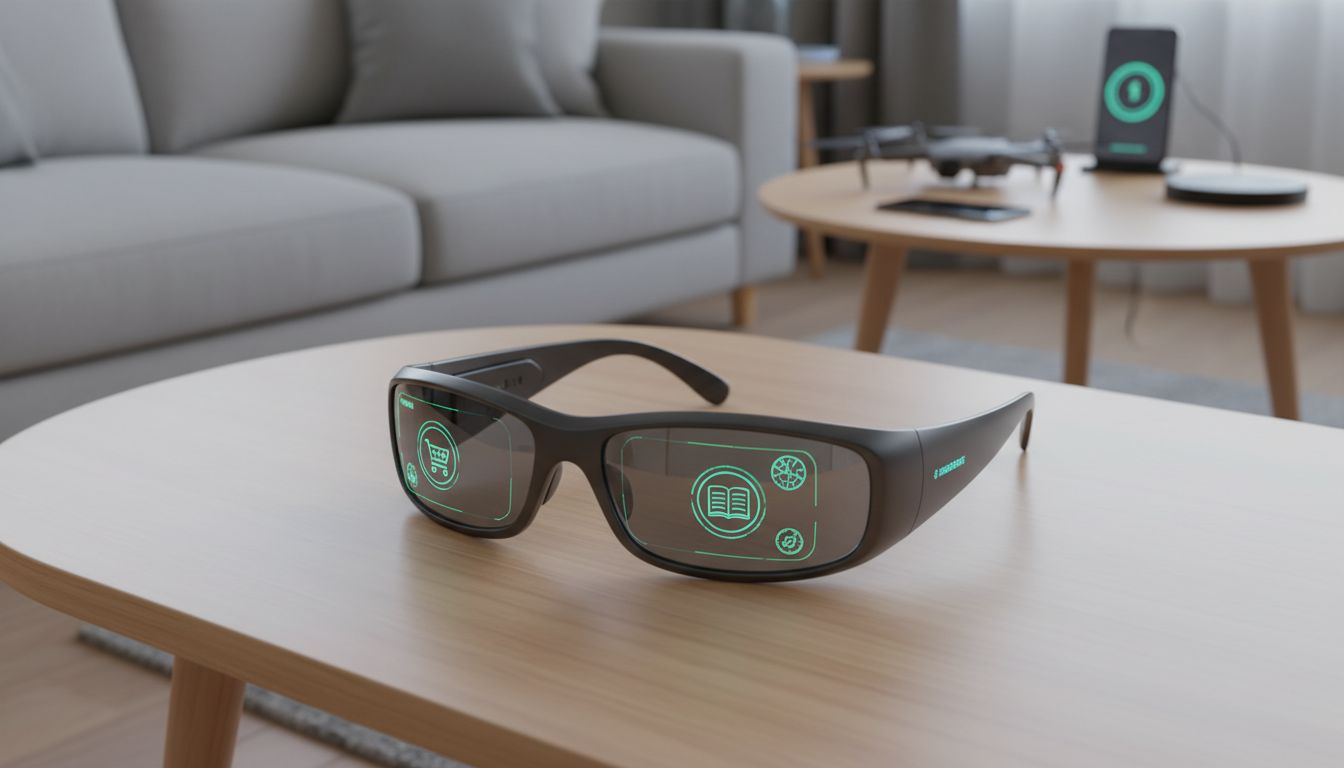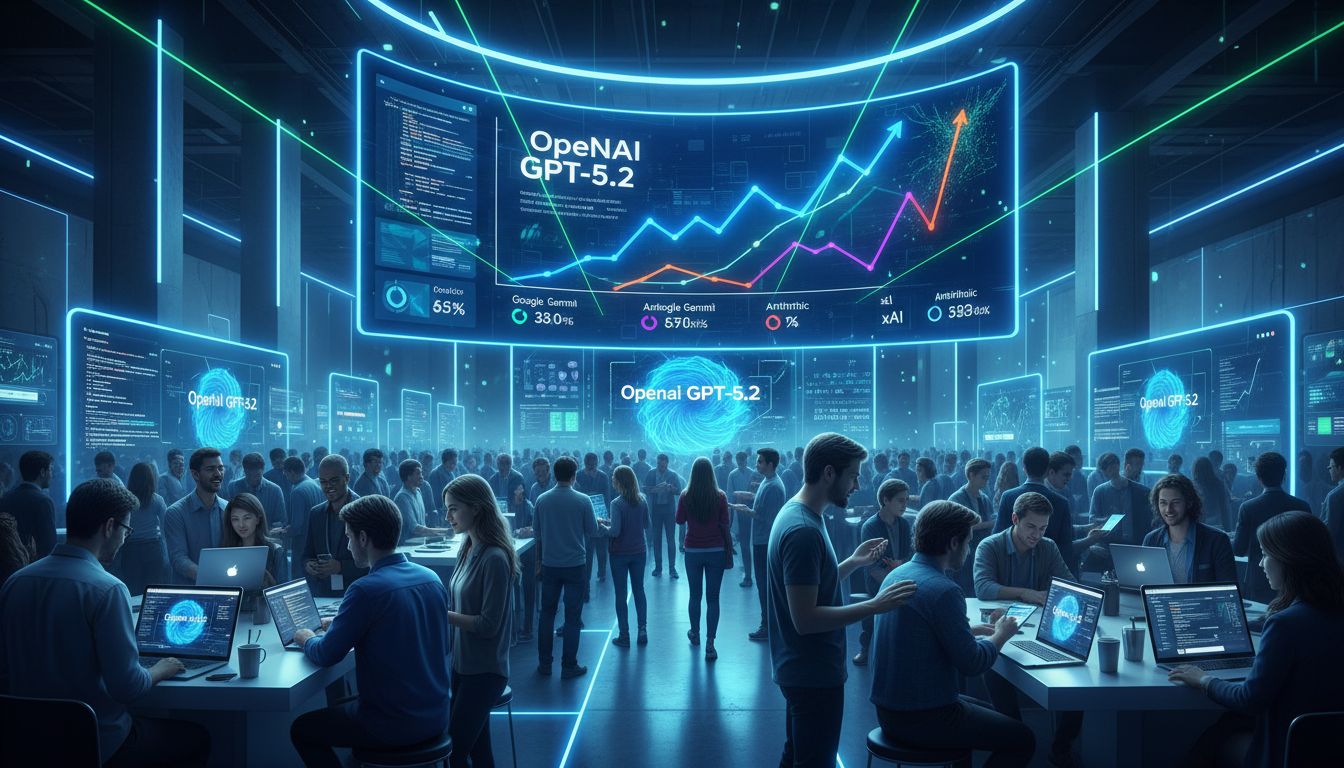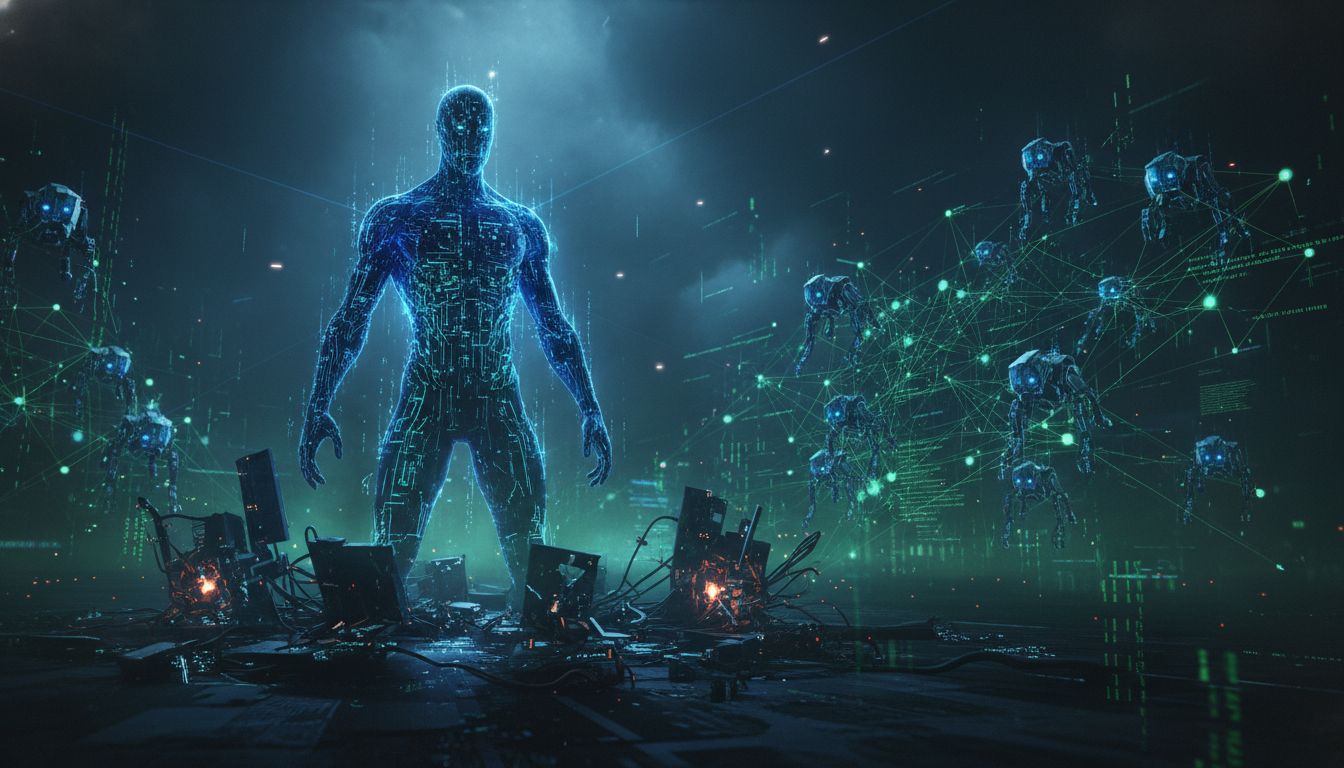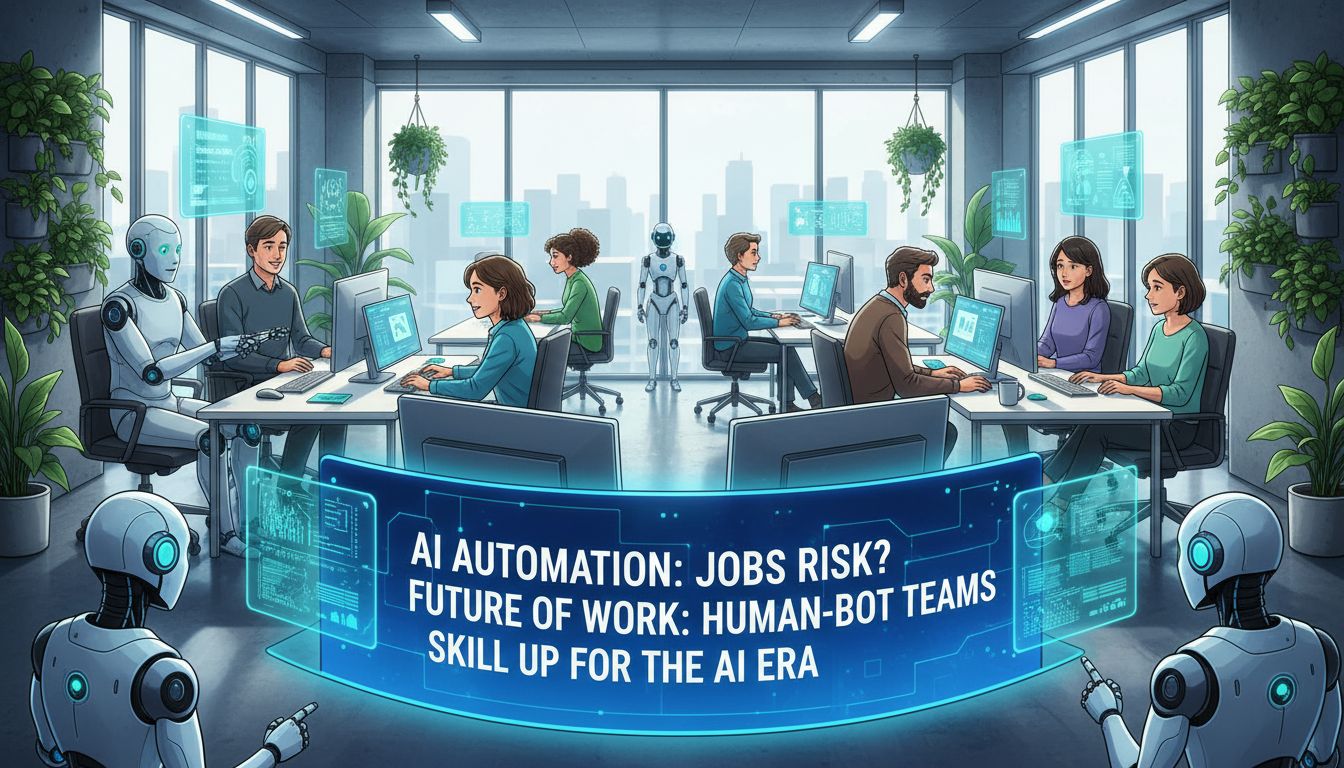For years, science fiction has fueled our imaginations with robots. Now, the Seoul Robot & AI Museum (RAIM) in South Korea makes those dreams a reality. This pioneering cultural landmark isn’t just another tech exhibit; it’s a dynamic exploration of where robotics and AI are taking us.
I’ve always been fascinated by the potential of AI’s real-world applications that are transforming our lives. The RAIM, designed by Melike Altınışık Architects (MAA), captures this perfectly. The museum’s architectural vision, supported by the Seoul Metropolitan Government, aims to be a testament to human ingenuity and technological innovation.
Table Of Contents:
- A Glimpse into the Future of Robotics and AI Museum
- The Impact of RAIM
- FAQs about robots and AI museum
- Conclusion
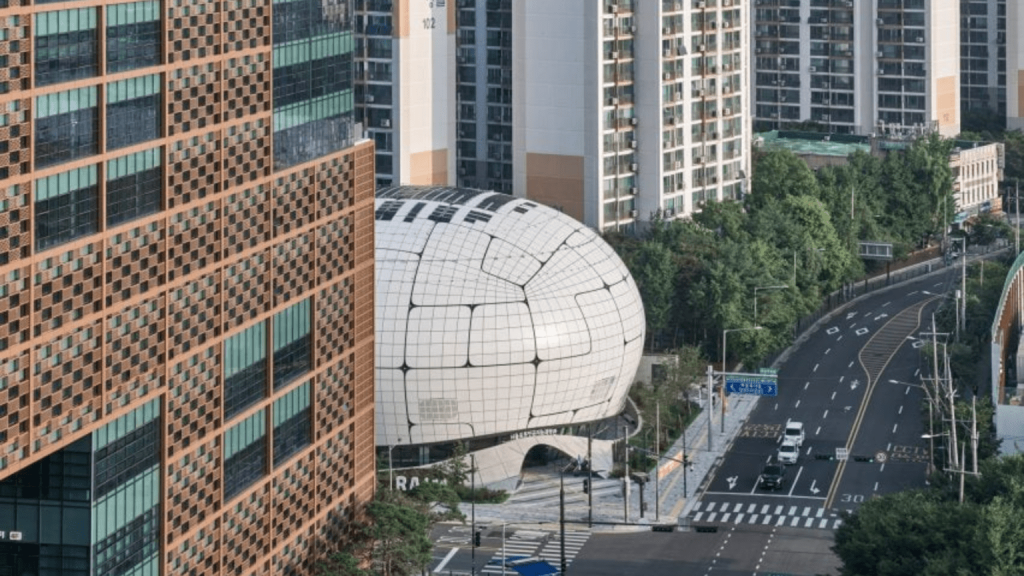
The futuristic-looking Seoul, South Korea, Robots and AI Museum. Photo: Namsun Lee/RAIM
A Glimpse into the Future of Robotics and AI Museum
The RAIM provides an immersive experience, going beyond static displays. The museum’s “welcome robots,” designed by MAA, greet you upon arrival, showcasing advancements in robotics. Witness pioneer robots and experience the culmination of the industrial revolution in a single location.
The Building: A Living Exhibit
The museum’s non-directional form itself is a marvel, designed by Melike Altınışık, to evoke exploration and discovery. Its futuristic exterior hints at the groundbreaking technology within. The building, a product of an international competition, is a testament to innovative construction technology, built partly by robots using advanced technologies like robot welding and laser CNC machining.
The interiors blend modern design with advanced technologies housed within its walls. The RAIM isn’t just about showcasing technology; it *is* technology, a concrete example of MAA’s architectural vision and smart design. This is evident in the interactive exhibits and integrated smart technology, including innovative wayfinding design by SB Environment and stunning landscape lighting by AU Landscape, spearheaded by landscape architect Namsun Lee. The surrounding greenery, designed in part by Gio Landscape Architect, reflects the focus on green culture and features eye-catching landscape lighting.
Interactive Exhibits: Engaging with the Future
RAIM offers a chance to interact with advanced robotics and AI. This robots and AI museum allows you to witness real-time advancements in robotics. The dynamic exhibitions make visitors active participants. They are able to get up close and personal with this innovative technology.
From smart assistants to fraud detection systems, the RAIM showcases how AI simplifies our daily routines. Robots can contribute meaningfully, such as making chores more manageable, utilizing the technologies housed within the RAIM. The architectural expression of the museum reflects the innovation inside. The result is a stunning structure characterized by its non-directional form, realized through cutting-edge architectural design and technological innovation forms.
RAIM’s Vision for Seoul: A Network of Innovation
The RAIM founders have ambitious goals. This isn’t a one-off project; this robots and AI museum aims to foster community engagement. The founders plan for it to evolve alongside technology.
They envision multiple RAIMs across Seoul, interacting like a network, promoting a network of innovation. Think multiple “spaceships” communicating as we explore what robots offer. This is a step towards achieving the goals set by the Seoul Metropolitan government. It involves having the government’s support for their vision of the museum being at the heart of advanced technologies in the city.
The Impact of RAIM
The RAIM’s opening marks a new era, solidifying Seoul’s place in robotics and AI development. It also marks a great step toward achieving Seoul’s and South Korea’s goals to lead in robotics and artificial intelligence development.
Educational Opportunities
This robots and AI museum is an educational hub, making technology accessible to all ages. They want visitors to ask important questions about the roles that these two groundbreaking technologies play in the daily lives of human beings. They will accomplish this by learning about the advancements of these technologies through a lens of curiosity.
The interactive displays spark curiosity about AI’s contributions. It’s exciting for kids. This initiative should inspire the next generation of innovators in robotics and AI fields. The displays also delve into the narrative behind the museum. This showcases its architectural form and explores its underlying design philosophy, particularly how the design fosters connections between visitors and advanced robotics and AI.
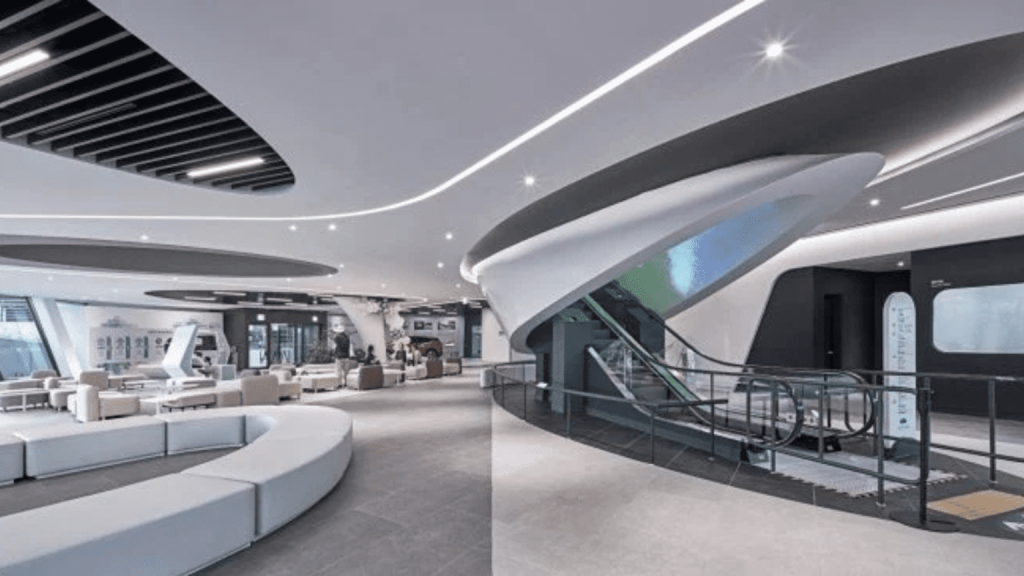
Entrance to the RAIM; Photo: Namsun Lee/RAIM
Community Engagement
RAIM isn’t just about technology; it’s about community building. It creates discussions about technological breakthroughs and encourages future development. These technologies and the museum itself are important tools that the city can use to create more public engagement in advanced technological subjects like robotics and artificial intelligence.
A Testament to Human Ingenuity
This robots and AI museum is a symbol. It addresses fears about AI’s impact. It shows how robots offer practical help. Design development specialist MAA Design has played a crucial role in this project, with their design language contributing significantly to the museum’s unique architectural expression. This includes their work as the design architect on the museum’s construction.
Instead of robotic annihilation, this museum demonstrates convenience. This technology can enhance lives. AI supports business and society. The project involved numerous experts, including MEP engineer Hanil MEC and landscape architect AU Landscape, with Namsun Lee overseeing landscape lighting. Meitech Signage handled the signage, ensuring clear communication throughout the space.
FAQs about robots and AI museum
What is the Seoul Robot & AI Museum (RAIM)?
The RAIM is the first museum dedicated to robots and AI. It offers a dynamic exploration of these fields with interactive exhibits in an inspiring space. Its focus is specifically to highlight these advanced technologies’ implications on culture, while having a very future-driven design philosophy.
What makes the RAIM special?
The RAIM’s futuristic architecture, interactive exhibits, and community engagement make it unique. It fosters connections between humans and technologies shaping their future. This makes it a special contribution to the list of global technological landmarks around the world.
What is the vision behind RAIM?
The creators envision multiple interconnected RAIMs across Seoul. Their goal is to promote engagement and innovation. They want to make complex technologies accessible and interesting. It officially opened in 2023 and serves as a pioneering cultural landmark in the city of Seoul, combining technology and public interest, highlighting how robots and AI affect society.
Conclusion
The Seoul Robot & AI Museum is a symbol of innovation. This robots and AI museum isn’t just a display; it’s where you experience technology firsthand. The RAIM’s narrative, shaped by advanced technologies housed within its structure, emphasizes MAA’s contemporary architectural expression and how it fosters engagement within robotics fields. The museum has received numerous accolades, solidifying its status as an architectural and technological marvel.
This robots and AI museum is more than gadgets; it’s a hub of learning and exploration. It offers a place to explore how AI will shape society. As technology advances, this robot museum will evolve with us, demonstrating the organic shapes and cutting-edge architectural features emblematic of Melike Altınışık’s innovative design language. The museum continues to inspire and engage visitors, making complex topics related to robots and AI easier to digest for people from all walks of life, highlighting how the museum’s design fosters engagement.
